Joan Allen: ‘John Malkovich or Nicolas Cage? I think they’re on an equal plane of eccentricity’
As a troubled psychiatric patient in Stephen King’s new TV series ‘Lisey’s Story’, the three-time Oscar nominee subverts the matriarchal roles that brought her acclaim in ‘Face/Off’ and ‘The Crucible’ and tells Adam White about privacy, stardom and why she never minded playing the supportive spouse

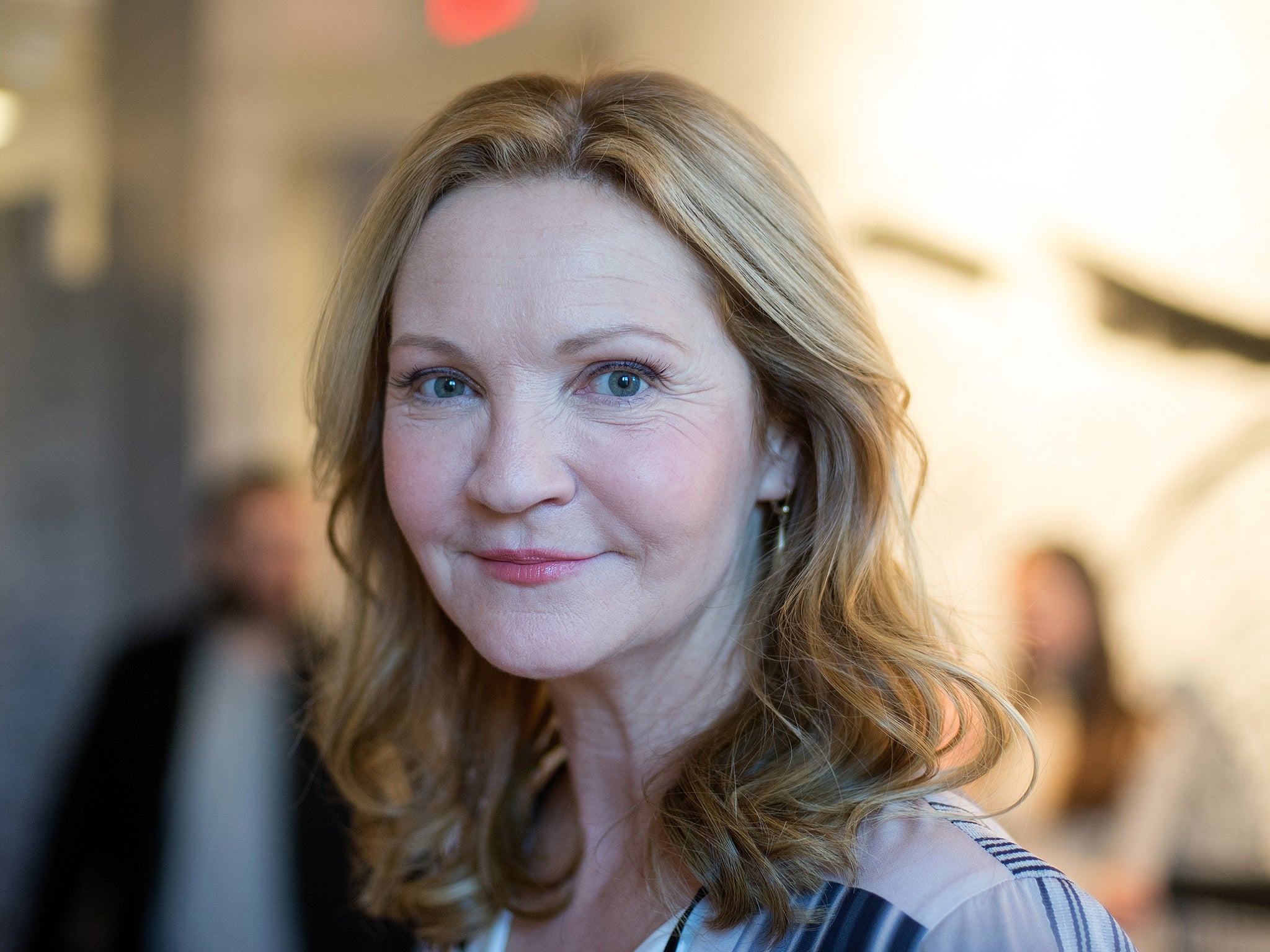
Joan Allen was promised that the tiger wouldn’t eat her. “He was very sedated,” she remembers of the co-star she famously pawed in the 1986 thriller, Manhunter. “Of course, the whole film crew was behind a chain link fence,” she adds, with a dramatic roll of her eyes. “I kept saying: he’s out, right? He’s really out?” It was a cinematic baptism by fire. The star of The Crucible, Face/Off and the Bourne movies was playing a blind woman on a date with a serial killer. It was one of her first leading roles and, naturally, she was terrified. But she embraced the moment. She cradled and stroked the tiger and placed her hand close enough to its teeth that she could feel the warmth of its breath. As captured by director Michael Mann, Allen barely flinched.
Allen’s remarkable poise in the film, best remembered as the early Hannibal movie that didn’t star Anthony Hopkins, would lay the template for the rest of her career. For a while, the 64-year-old three-time Oscar nominee was Hollywood’s go-to matriarch, playing wives, mothers and dutiful first ladies. She’s always been brilliant as women trapped in gilded cages: the kleptomaniac housewife in The Ice Storm; the senator with a closet full of skeletons in The Contender; the repressed sitcom mother in Pleasantville. Perhaps it’s the combination of those high cheekbones and wide, pleading eyes, which project a kind of bittersweet elegance. So prolific is “the stoic Joan Allen character” that it’s a juicy sleight-of-hand when a film or TV show casts her as something different.
Case in point: her new Apple TV+ limited series Lisey’s Story. In Stephen King’s adaptation of his own 2006 novel, Julianne Moore plays Lisey Landon, the erratic widow of a celebrated horror novelist (played by Clive Owen), whose death has led to threats both real and cosmic. Allen plays the often-catatonic Amanda, one of Lisey’s two sisters. The first time we see her, she is carving at her own wrists with a rusty shard of glass.
“It’s so different from the things I’ve done in the past,” she says, in the understatement of the century. “There was real opportunity to be incredibly ‘out there’ in a lot of ways.” In a further subversion of casting expectations, it’s Jennifer Jason Leigh, patron saint of the provocative and unhinged on the silver screen, who plays the upstanding sister who gets Amanda help.
“I had conversations about that with Jennifer,” Allen says. “Many times in her career she’s played characters on some psychotic sort of spectrum. And we thought that, wow, typically I think they would have cast me in that part, and would have put her in the role of the unstable sister. There have been so many roles that I’ve done where I’m the one taking care of other people, or husbands or children, and being the strong, central ballast. Here, though, Amanda can’t take care of anybody, much less herself. That was appealing to me.”
Helping Allen navigate her way through the character was Pablo Larrain, director of Jackie, No and the forthcoming Princess Diana movie starring Kristen Stewart. Lisey’s Story retains his signature dreaminess. There are sustained silences, timelines that crash into one another, and a disquieting sense that you’re watching scenes unfold that aren’t quite right. Watching it is a bit like driving down a gloomy backstreet without a map. “Because a lot of Amanda was non-verbal, it became a very collaborative experience between Pablo and myself to figure out where she is and who she is,” Allen says. “It was very, very gratifying.”
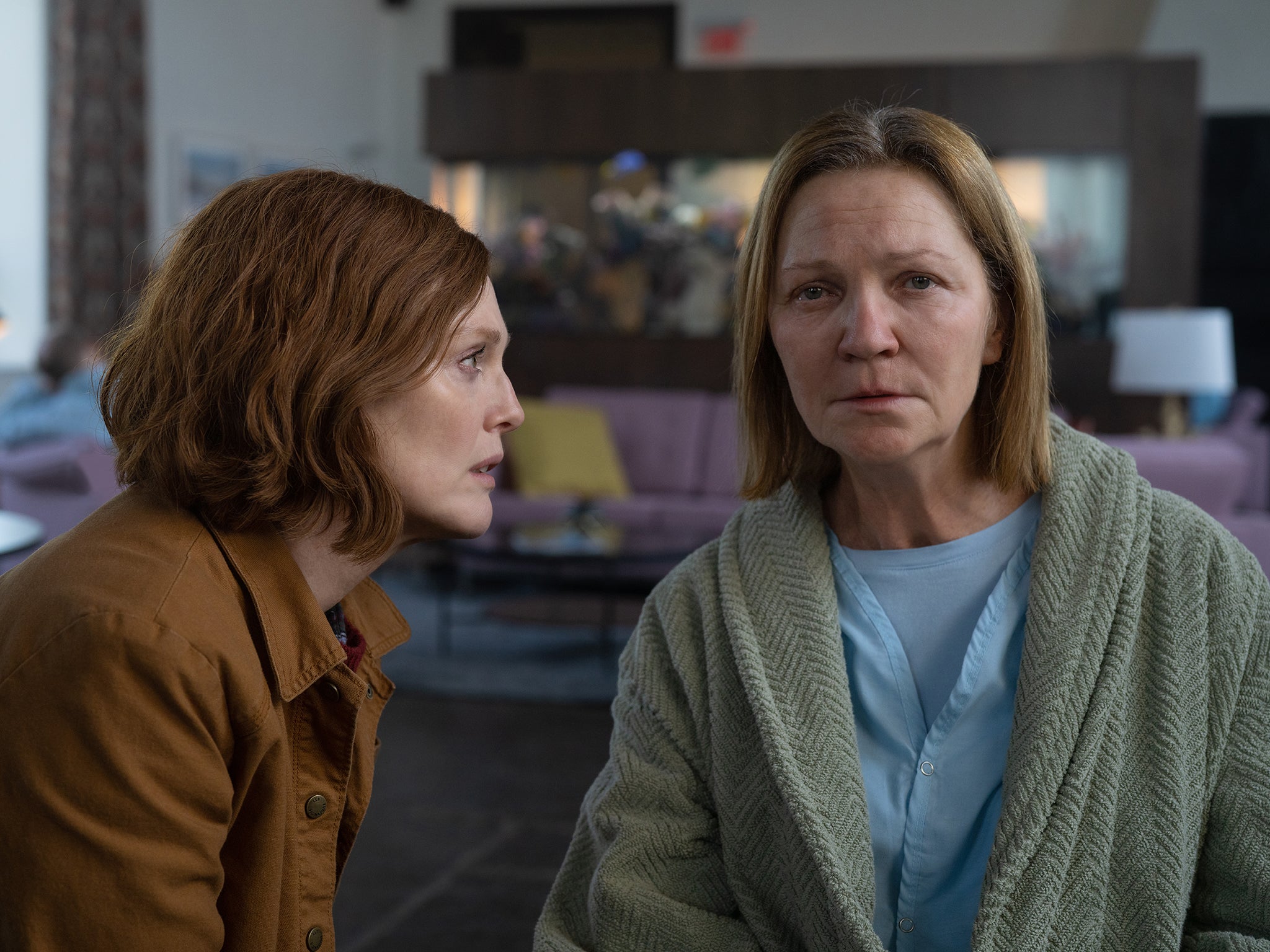
Allen is at home in Connecticut, having fled her Manhattan apartment at the beginning of the pandemic. She didn’t mean to stay for so long, but it’s somehow stuck. Over Zoom, she sits smack at the centre of her camera between an abstract objet and the door to her lush garden. She suddenly jumps from her seat to fix herself a drink but when she switches her camera back on, following that brief vanishing act, she is otherwise as regal and composed as many of her characters – bolt upright, warm yet guarded, and possessing a palpable sense of mystery.
Allen was born and raised in Rochelle, a tiny transportation hub city in Illinois, but was born again on the stage.
Allen was born and raised in Rochelle, a tiny transportation hub city in Illinois, but was born again on the stage. Her training ground was Chicago’s Steppenwolf Theatre, the famed company that produced John Malkovich, Laurie Metcalf and Tracy Letts, to name just a handful of American thespians. She calls them a “godsend”. “I knew I wanted to act as a teenager, but I was pretty shy and I was from this small town where there wasn’t much opportunity,” she says. “I always knew that I was never going to be one of those actors who’s going to knock on every door and stick my resume under casting directors’ noses. But I actually got asked into Steppenwolf because I went to college with John Malkovich. I went from my own family into a theatrical family.”
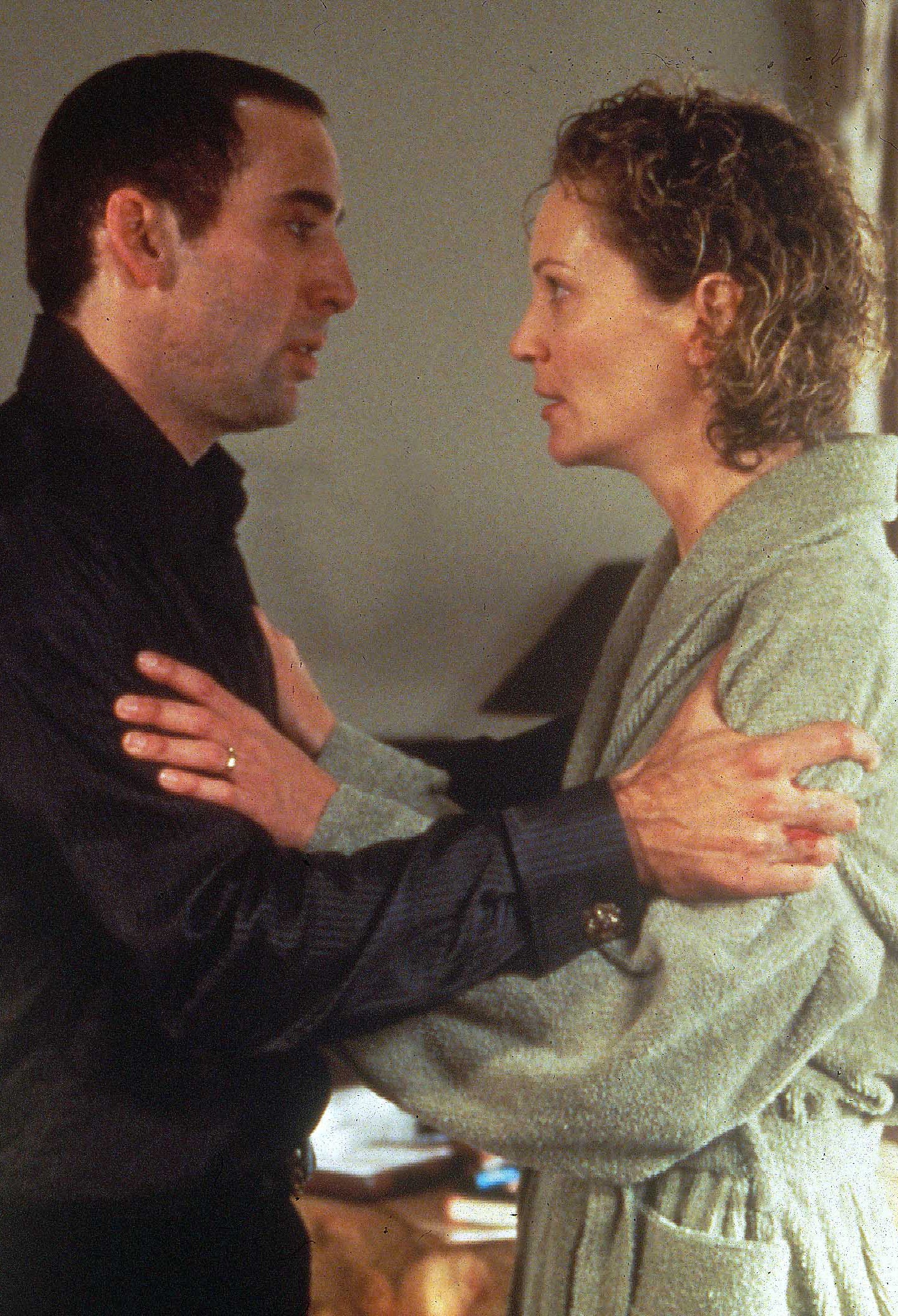
Allen worked with Malkovich on a number of Steppenwolf productions. Years later, she starred in Face/Off as the wife of Nicolas Cage (or John Travolta with his features swapped with Cage’s – it’s a long story). With the pair recognised as two of Hollywood’s most outré stars, it bears asking: who’s the wildest between both actors? “The most eccentric?” Allen is briefly stumped, then lets out a hearty giggle. “Well, I don’t know! I think they might be co-equal in terms of their imaginations. I think they’re on kind of an equal plane.”
Allen has called New York home since 1983, when a Steppenwolf production of And a Nightingale Sang… transferred to the city. Dubbed “exceptionally winning and delicate” by The New York Times, she became a Broadway regular, winning a Tony Award in 1988 and concurrently transitioning to film. The Nineties proved particularly fruitful, with Allen starring in a run of hit movies that would struggle to get made today – domestic dramas, talky thrillers or films strictly for adults. Between 1996 and 2001, she was nominated for three Oscars, for Nixon, The Crucible and The Contender. She then began to work more sparingly. She barked CIA orders in immaculately tailored suits in the Jason Bourne films, and played Brie Larson’s bereft mother in Room. But Lisey’s Story is her first on-camera role in more than five years.
“I’m very selective about what I pick and choose,” she explains. It’s partly why she stopped appearing in plays, with a 20 year hiatus from the stage finally being broken in 2009, followed by another nine-year hiatus after that. “For me to do eight shows a week is a big emotional commitment. I’m not one of those actors who struggles to let [a character] go, but I get so deeply into it when it’s happening. It’s a little daunting to do it over and over again.”
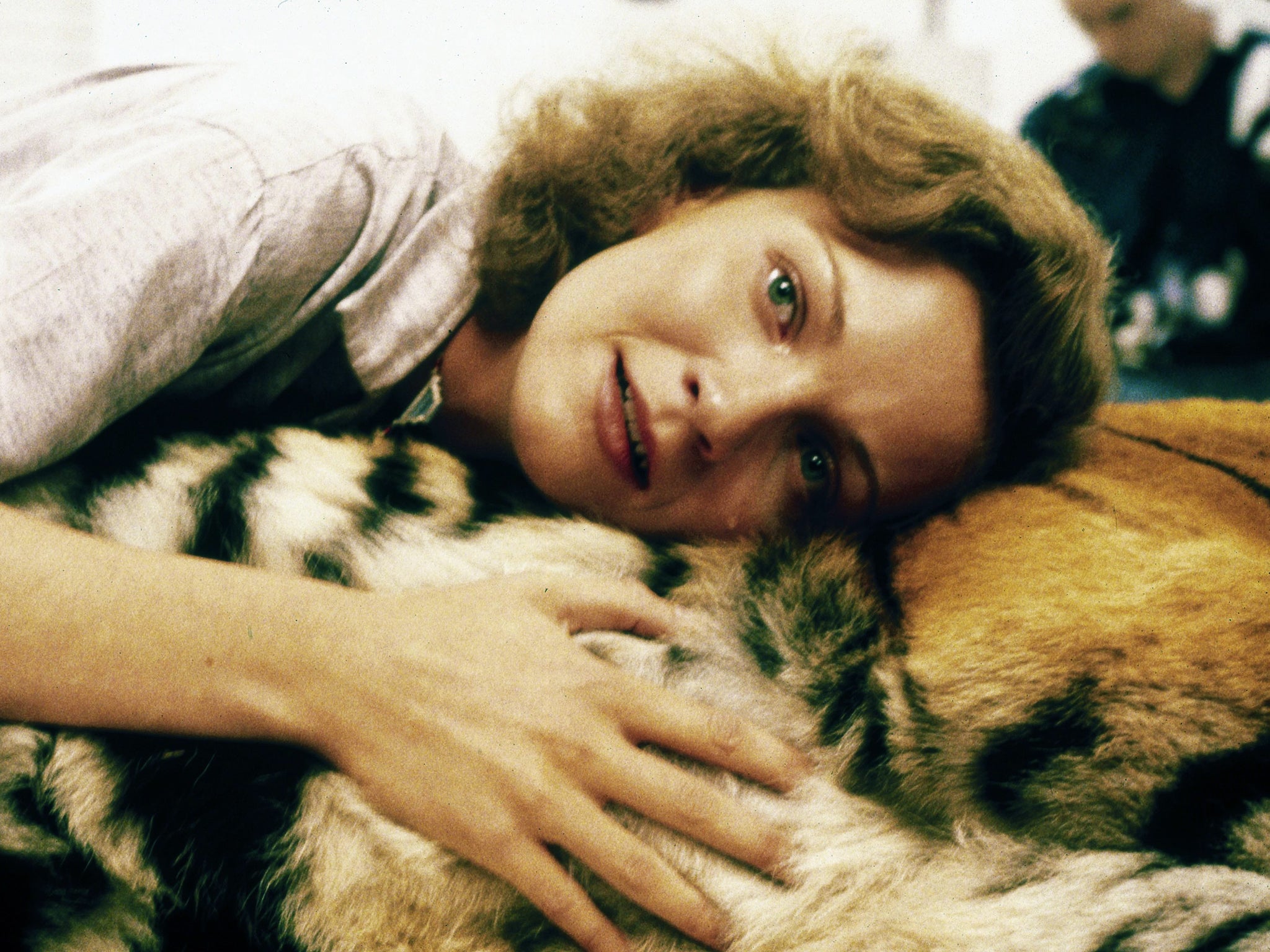
She remembers her relief at only starring in the film adaptation of The Crucible, and never once on stage. She played Goody Proctor, wife of Daniel Day-Lewis’s John Proctor, who conceals his infidelity during a witchcraft trial. “She’s incredibly tormented, but she does it to protect her husband. And it was such an intense day on the set, I thought: I’m so glad I’m not doing this as a play, because then I’d have to do it 654 times.”
Back in the Nineties, journalists would often interrogate Allen about playing so many wives. “I didn’t really understand it at the time,” she says. “I think I can see it a little more in retrospect – the supportive wife of the husband who’s having the challenging time. But having said that, I thought the characters were more than that, too. If I’m going to do that kind of part, I at least had the best of them.” She never pined for starring roles. “All my life I think I’ve felt, at heart, more like a character actor. At Steppenwolf, we always felt that if there was a star of the [play], it was the story, regardless of how anybody fit into it.”
What did change is her approach to extremes. “When I was in my teens and my twenties, the more horrible things happened to the character, the more I was drawn to them,” she says. “Give me Blanche Dubois, give me all these tortured women... But I think just by sheer living longer and going through more life things that sometimes aren’t the easiest to get through, my desire to put myself in an emotional place ...” She drifts off. “I have to be really sure I want to do that, because life has thrown its own personal curves at me. The things that I’ve had to go through and weather… it’s like, well, do I want to go to work and make myself feel bad today?”
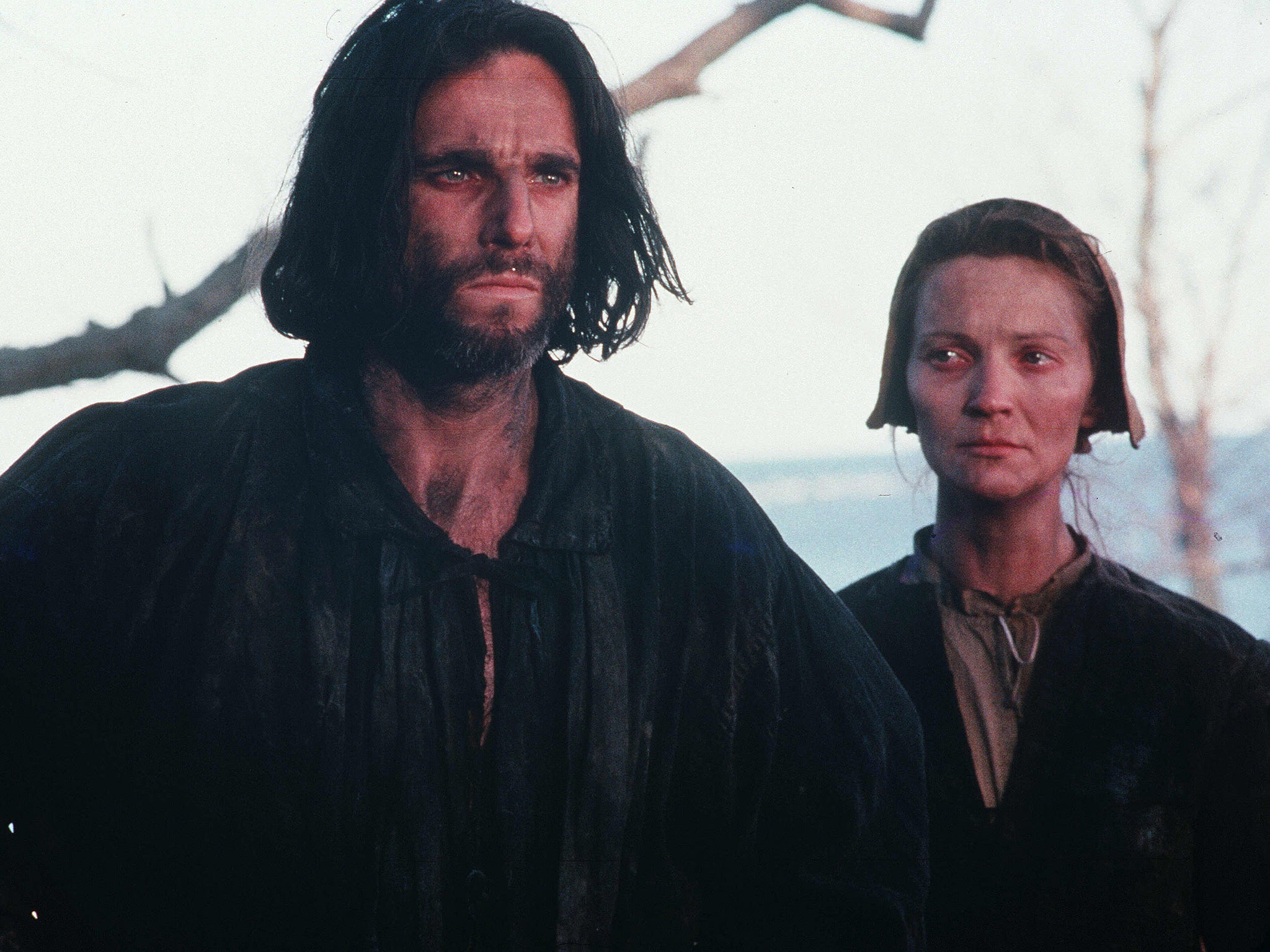
Allen doesn’t go into specifics. It’s true to form. Steppenwolf may have been where Allen the actor was born, but it’s also the point where her biography seems to end. It’s easy to unearth that she was formerly married to the theatre actor Peter Friedman, and has a daughter, Sadie, who herself is an actor. But then… little else. That unknowability – has it been by design? “I think so,” she says, drawing out the “s” so it resembles a hiss. She hesitates a little. “I’m a very private person, and that’s just who I am. I pinch myself sometimes when I think of everybody that I’ve worked with, and I’m very grateful for all those experiences, but I’ve really loved the privacy in my life just as much as all of that. If not more. I’m grateful that I’ve been able to maintain a great deal of privacy.”
But there must have been a moment, possibly amid her run of Oscar nods, when she could have lived a very different life if she wanted it. “I don’t think so,” she says. “It wasn’t really a choice to say, ‘No, I’m not going to pursue this’. But I did make choices to not live in Los Angeles and not socialise with, you know, ‘the circuit’ or whatever, or attend things to be more visible. I do think that there’s something to be said for not being seen, but then jogging people’s memories of you. I’ve led a very separate life from all of that by choice.” She repeats herself to drive it home. “That is by choice.”
She says goodbye as the interview comes to its end, having filled in some blanks but inspired a raft of new questions. You imagine it’s just the way she likes it.
Lisey’s Story will premiere globally on Friday 4 June, with new episodes premiering weekly on Friday thereafter, exclusively on Apple TV+.
Join our commenting forum
Join thought-provoking conversations, follow other Independent readers and see their replies
Comments


Bookmark popover
Removed from bookmarks